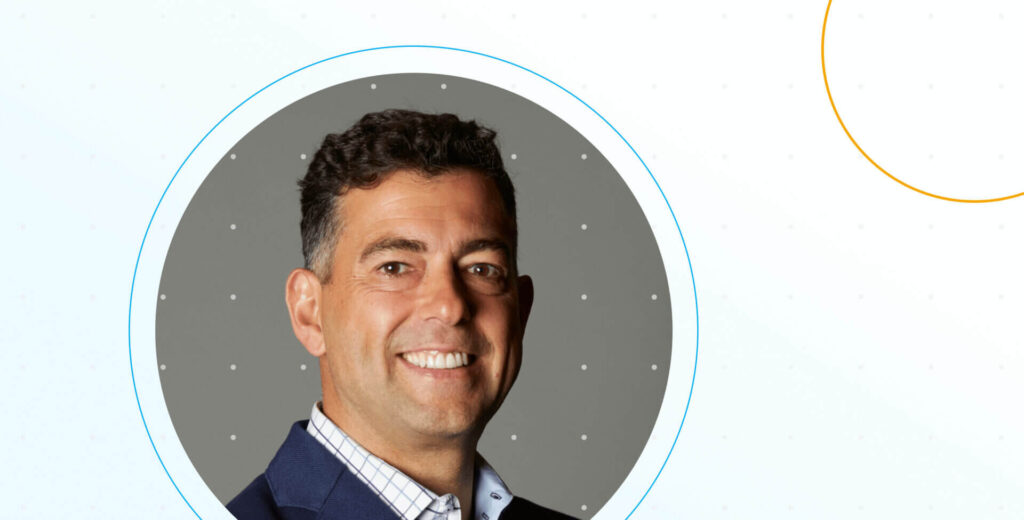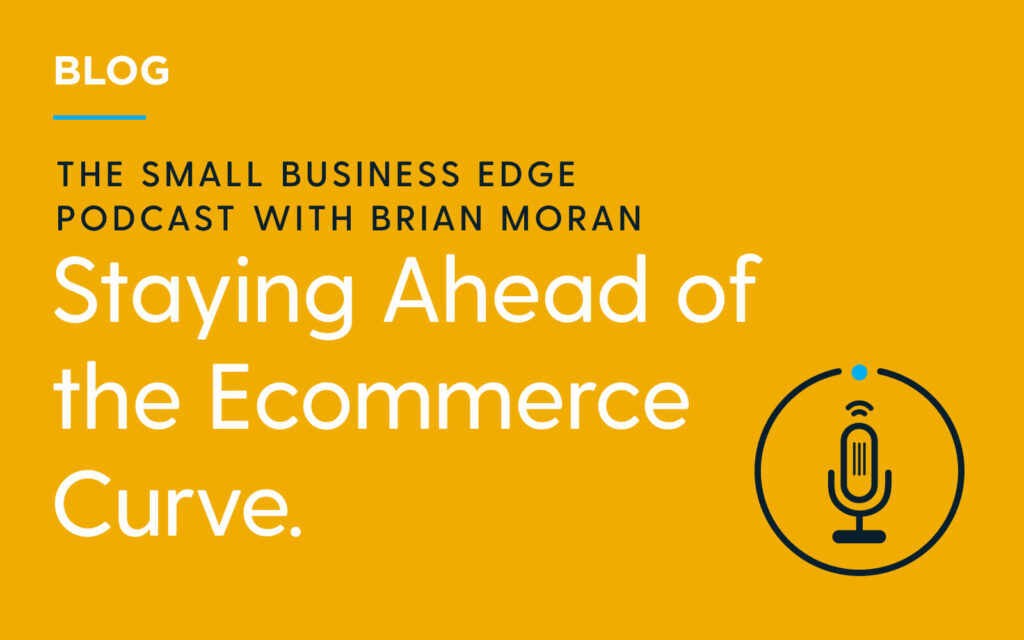BLOG
Insights and Advice from Plastiq’s Head of Product and Co-Founder, Daniel Choi
5 min. read


Aug 3, 2018
For aspiring and early stage entrepreneurs, there’s no shortage of business tips to be found on the Internet: ‚ÄúBe customer-centric. Move fast and experiment. Build key relationships. Pick your co-founders and new hires carefully. Focus on margins.‚Äù
These recommendations are oft-repeated for good reason ‚Äì they’re generally valuable and broadly applicable. But because the ground has been covered elsewhere, I’ll refrain from including them here. Instead, I’ve compiled three more personal tips below ‚Äì things that you as a founder might find valuable to consider as you build your company.
Tip 1: Take time to consider what matters to you AND what you want out of the business. Build something that takes both into account.
You’ve probably heard that starting a company is a long, difficult road. The median time for an exit for VC-backed companies is between five and ten years. And that’s for successful ventures.
This means that it’s in your best interest (and the interest of your customers, employees, and investors) to build something that aligns to your passions and desires. You’re much less likely to give up or burn out when you care deeply about your work.
So, carefully consider your professional aspirations, your personal obligations, and your ideal lifestyle. Would you rather build a well-known brand, or disrupt an industry? What problems or causes matter to you? What types of customers or users do you want to attract and interact with? What hours can you realistically work?
Answering these introspective questions will help you discover a business opportunity that’s a good fit for you.
Tip 2: Learn to recognize the difference between success and the trappings of success… and pursue the former.
In 2013, I was 23 years old and I had spent the last two years building Plastiq. We’d grown quietly and closed two respectable financing rounds totaling around $8 Million. And I remember exactly how it felt when one of our engineers shared an article about a hotshot 21-year-old who just raised $25 Million in his first round for a new payments startup called Clinkle.
Though by any measure, my company had been blessed with good progress and a positive outlook, I couldn’t help but feel inadequate by comparison ‚Äì after all, I was also a young computer science grad who founded a payments startup. It didn’t help that another early employee asked me why we didn’t (read: couldn’t) raise that much money, and from such high-profile investors to boot.
For a time, I wondered the same thing.
Just one year later, that same publication would author an article called “A SILICON VALLEY DISASTER: A 21-Year-Old Stanford Kid Got $30 Million, Then Everything Blew Up”. It turns out that after hiring 70 employees and moving to the heart of San Francisco, Clinkle had failed to bring a product to market on projected timelines and underwent two rounds of layoffs amidst growing rumors of a pattern of executive mismanagement. The company would limp along for another year before closing up shop in 2015.
Meanwhile, I can proudly say that Plastiq is still around and continues to grow. It hasn’t been an easy or a quick road. But it’s been a good one.
So here’s my advice. Don’t rush into raising money, or hiring a big team, or leasing a nice office, or doing anything else that people tend to associate with successful companies. A high valuation or new money might sound exciting, but it also raises expectations and may actually hamper future plans. A big office may sound nice, but it can eat into your bottom line and make it harder to make payroll. Instead, focus on the fundamentals: what your company needs to do to achieve its goals.
Sometimes I wonder whether we even needed to raise that initial $8 Million when we did. Could we have existed more frugally and held onto more ownership of the company? There are definitely examples that show it’s possible. If I could go back, I probably would’ve challenged us to go a little further without raising money.
Tip 3: Think about sustainability.
When I say ‚Äúsustainability‚Äù, I’m referring to a company’s ability to withstand challenges and growth over time. This frequently stands at odds with early-stage progress, as most things you’ll do to grow are inherently unsustainable. But it’s imperative to eventually shift focus toward a business model, operations, and personal working pace that can stand the test of time.
Sometimes it can take a rude awakening to realize this.
For the first five years at Plastiq, I was a working machine. During the day I would build partnerships and lead our product development, and at night I would don my coding cap and contribute to our core infrastructure. I truly felt that there was no limit to how much I could accomplish.
Then, quite suddenly, my body broke down and I ended up in the hospital for three months. One of my doctors projected a 6% chance of full recovery.
Thankfully, the company was able to adjust to my abrupt departure, and I couldn’t be more proud of and grateful for my colleagues who stepped up in my absence. But I learned a valuable and costly lesson, and I’m still working toward getting back to a new normal.
One of our early investors and mentors, Jeff Bussgang of Flybridge Capital, often said, “The next six months are always the most important six months.”
I used to think this quote was about focus, but these days I can’t help but see it more as a warning. You might feel that you have to sprint to make it to the current goal post, but in six months you’ll probably feel the same way about reaching the next checkpoint. When this happens, remember that you can’t keep on sprinting forever.
So work hard, but work sustainably. Take weekends, enjoy hobbies, and grow your personal and professional support network. Build a good team and learn to rely on them. And show them that it’s OK to do the same.
Stay up to date!
Don't miss out on new features, announcements, and industry trends by subscribing to our newsletter.


